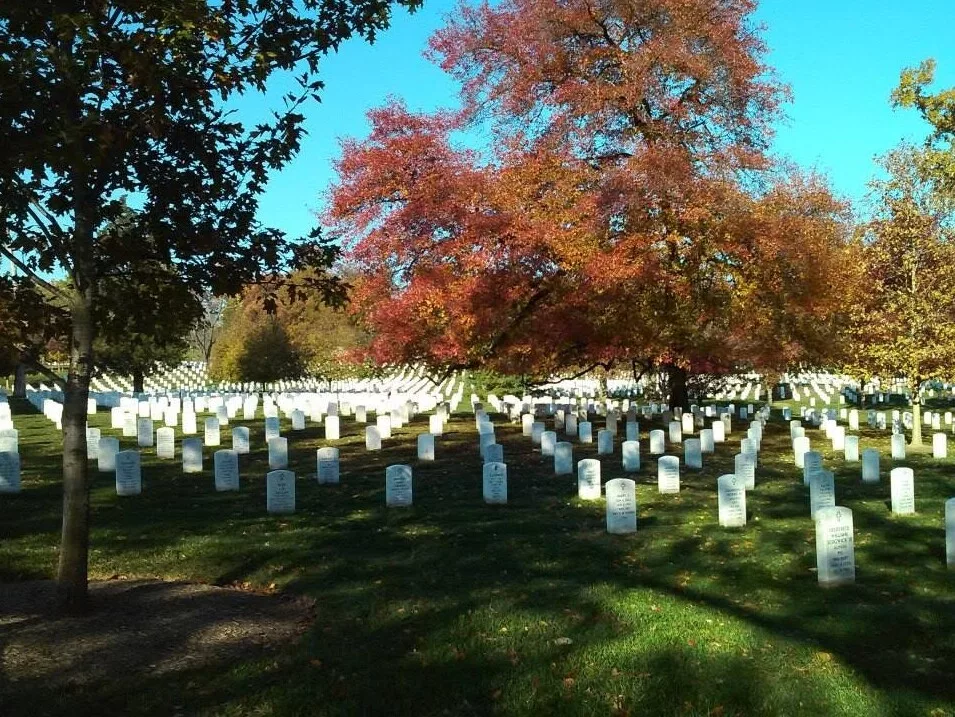If you’ve ever set foot in a place that changes you—quietly, without ceremony—you know the feeling I had walking into Arlington National Cemetery for the first time in 2013. This wasn’t just another tourist stop near Washington, D.C. It was the kind of ground where history and memory breathe together.
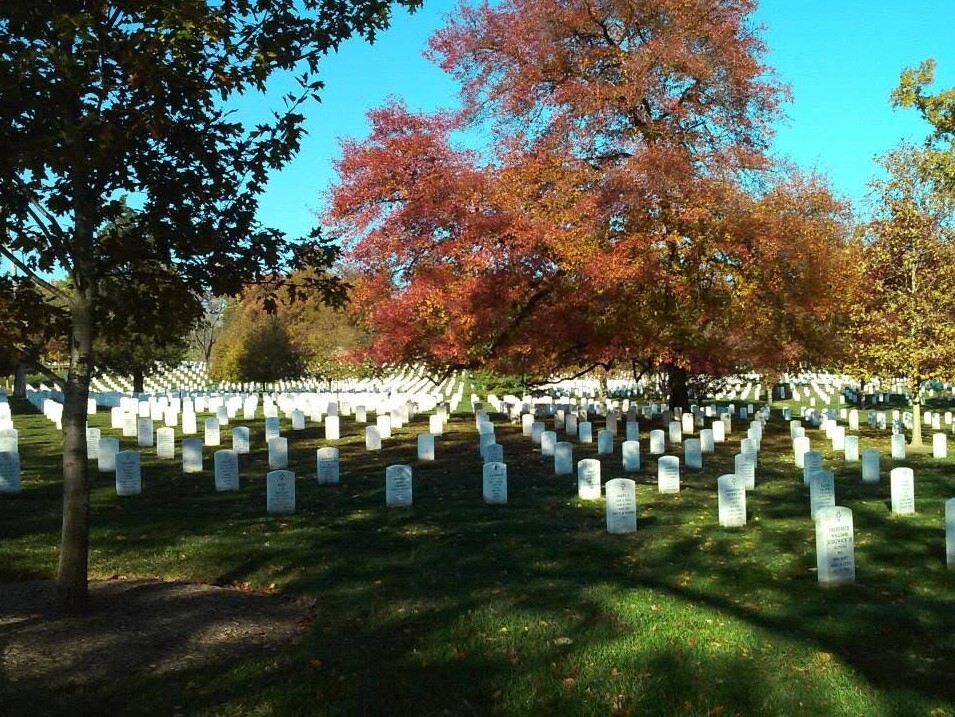
I’d come on a business trip. No journal in my bag yet. No dashcam running. Just a budget android, my curiosity, and a free day to wander. But Arlington doesn’t let you “just wander.” The moment you step inside, you’re part of something bigger—something woven from service, sacrifice, and silence.
The Story Beneath the Hills
Before those rows of white headstones became a symbol known around the world, this land was home to families. It was the Custis estate—relatives of Martha Washington—later passed to Mary Anna Custis Lee, wife of Robert E. Lee. When the Civil War began, the Lees abandoned their home.
By 1864, the Union needed burial space for war dead. They chose Arlington—partly for practicality, partly as a pointed statement against the Confederate general who once walked these halls.
Today, over 400,000 service members, veterans, and their loved ones rest here. Soldiers from every major conflict. Astronauts. Presidents. Unknowns. Each stone is a story—some told in history books, others carried only in the hearts of a few.
Stops That Stayed With Me
Women in Military Service for America Memorial
My visit began here, and as a female veteran, I wasn’t prepared for what I’d feel.
The photographs. The letters. The stories of women whose service had been footnotes in history for far too long. Standing in that space, I felt both seen—and undone. It was the first time I’d been in a place built entirely for women like me.
The JFK Gravesite & Eternal Flame
Quiet. Steady. Burning since Jacqueline Kennedy lit it in 1963. I stood there looking toward the Washington Monument, wrapped in scaffolding at the time, and thought about resilience—how even when we’re under repair, we still stand.
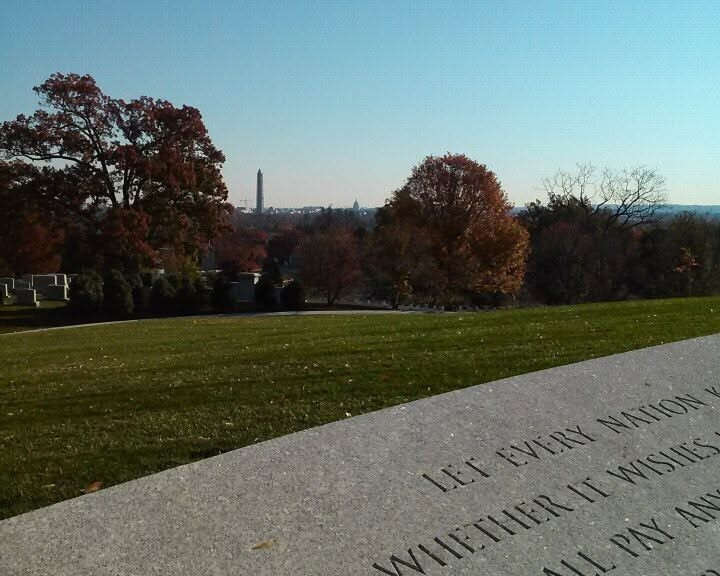
The Tomb of the Unknown Soldier
If you’ve seen the Changing of the Guard in person, you know the sound: heels striking marble with precision. The ceremony is more than ritual—it’s a promise. We may never know their names, but they are not forgotten.
I watched a wreath ceremony from above, then walked the footpath below in silence, unsure of my thoughts, but feeling everything.
The Challenger Memorial
In 1986, I was a third-grader, standing outside the classroom and watching when the Challenger exploded. Seeing the memorial here brought that day rushing back—the shock, the grief, the disbelief. Some losses, it turns out, never lose their edge.
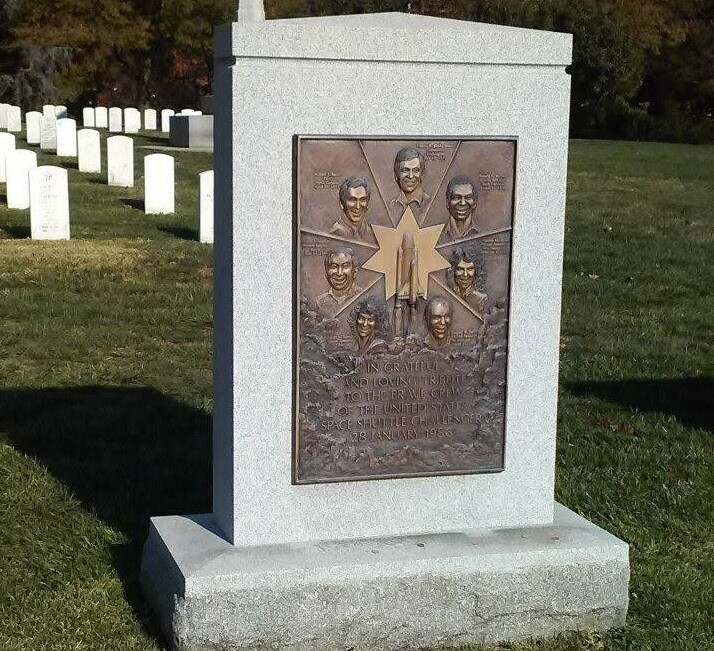
Other Quiet Corners
The Navy’s massive anchor and memorial pillar. The statue of British Field Marshal John Dill, buried here by special exception. The eagle and globe outside the Visitor Center, watching over it all. These aren’t the headliners in guidebooks, but they hold stories just as deep.
Echo’s Corner 🕊️
- The Lees Never Got It Back: After the war, the Lee family fought in court to reclaim their property. They won in 1882, but sold it back to the government for $150,000.
- The Longest Walk: The Tomb of the Unknown Soldier’s guard walks exactly 21 steps in each direction—symbolizing the 21-gun salute, the highest honor given to military service.
- A British Ally Buried Here: Field Marshal John Dill is one of only a few foreign nationals buried at Arlington, honored for his role in U.S.–U.K. cooperation during WWII.
- Section 27’s Untold Story: Long before Arlington became an official cemetery, freed African Americans were buried here in what’s now Section 27—one of the least visited but most historically important areas on the grounds.
Why Arlington Still Matters
Walking through Arlington is not just an act of sightseeing—it’s an act of listening. You hear the footsteps of sentinels. The low hum of respectful voices. The rustle of flags in the wind.
You remember that history is still being written here—especially in places like Section 60, where recent losses from Iraq and Afghanistan are marked with fresh flowers, photographs, and handwritten notes.
And you leave changed.
For me, Arlington was—and still is—a ledger of sacrifice. A mirror reflecting my own years of service. A reminder that history isn’t just preserved in museums; sometimes, it’s etched in stone under open skies.
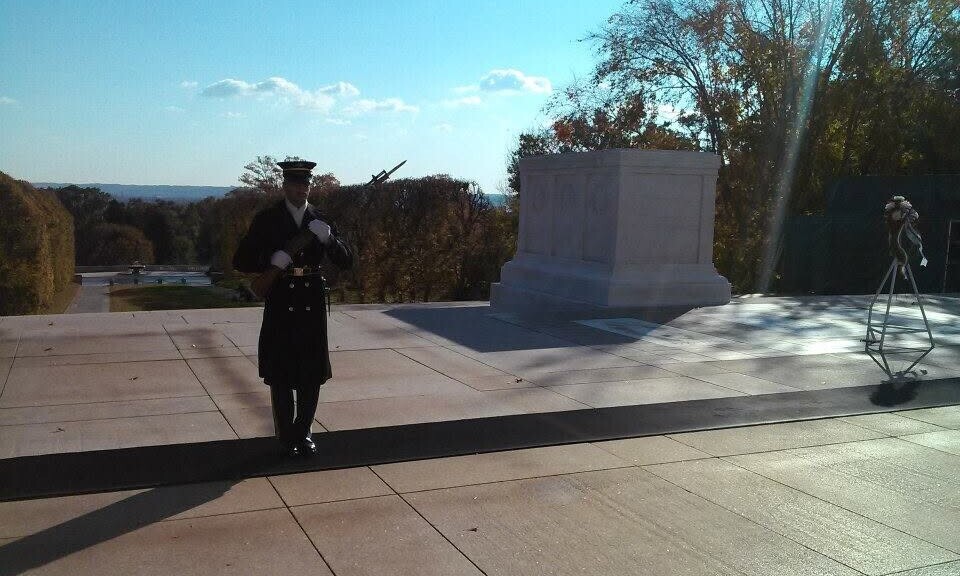
Planning Your Own Visit
- Wear comfortable shoes. The grounds stretch over 600 acres, but shuttle tours stop at major points if walking isn’t your pace.
- Start at the Visitor Center. Pick up a map, watch the short film, and get help locating specific graves or memorials.
- Be respectful. Keep voices low, pause for funeral processions, and avoid photos during services.
- Best times: Morning light brings a quiet calm—and the softest photographs.
Final Thought:
When you go, don’t rush. Let Arlington speak to you. And when it does, you’ll understand why it’s not “just another stop” in D.C.—it’s a place where history stands watch, and memory never sleeps.
🎥 Watch the Video & See All the Photos
This blog post pairs with my TMP Origins episode “A Quiet Kind of Honor: A Female Veteran’s Visit to Arlington”—recorded with all the emotion this place deserves. Watch the full story here:
👉 Watch on YouTube
Want to see every photo from my 2013 visit? I’ve put together a Facebook album so you can explore Arlington through my lens:
📸 View the Full Photo Album on Facebook
Keep Traveling With Me
The roads I take are full of history, legends, and the occasional Murphy’s Law detour—and I’d love to share them with you.
Sign up for Travel Made Personal Dispatches to get:
- New TMP videos & stories
- Behind-the-scenes travel notes
- Weird & wonderful history straight to your inbox
If you see this after your page is loaded completely, leafletJS files are missing.

